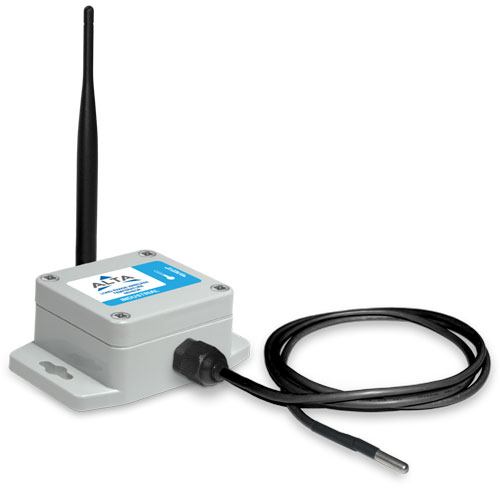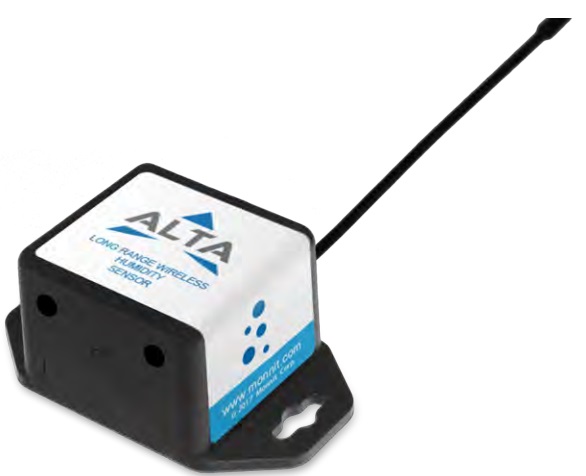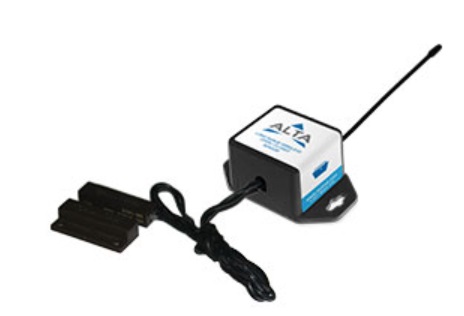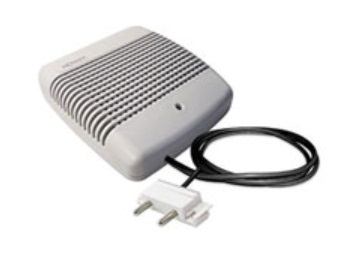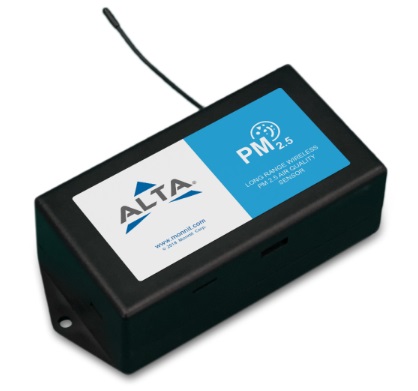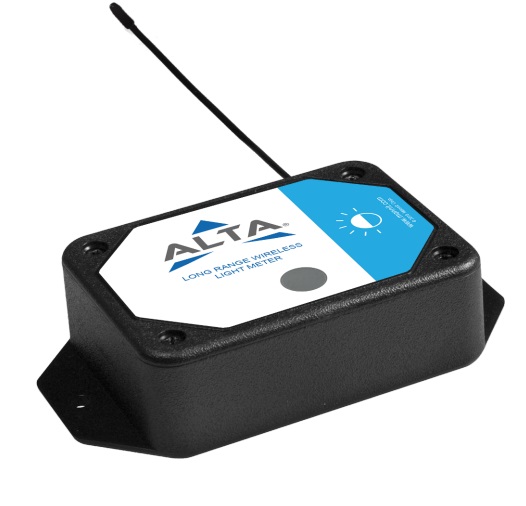Manufacturing Unit Monitoring System
A Manufacturing Unit Monitoring System is designed to track and manage the performance of equipment, machinery, and processes in a manufacturing facility. The system uses sensors and IoT devices to collect real-time data on key metrics such as machine health, temperature, pressure, energy usage, and environmental conditions. This data is processed to optimize operations, improve efficiency, reduce downtime, and support predictive maintenance efforts.

Why Manufacturing Unit Monitoring System?
Manufacturing units rely on consistent equipment performance to ensure high-quality production and operational efficiency. Managing the performance of machines and processes manually is time-consuming and prone to errors. A monitoring system automates the tracking process, enabling real-time insights, predictive maintenance, and resource optimization. This system helps manufacturing plants improve operational efficiency, reduce costs, and prevent unexpected breakdowns.
Our system tracks key parameters such as:
- Machine Health
- Machine Status
- Vibration Level
- Rotational Speed
- Temperature
- Energy Usage
- Power Consumption
- Energy Efficiency
- Peak Power Demand
- Power Factor
- Temperature
- Machine Temperature
- Ambient Temperature
- Furnace/Boiler Temperature
- Fluid/Process Temperature
- Pressure
- Hydraulic Pressure
- Pneumatic Pressure
- System Pressure
- Pressure Differential
- Flow Rates
- Liquid Flow Rate
- Gas Flow Rate
- Airflow Rate
- Material Flow Rate
- Environmental Conditions
- Humidity Levels
- CO2 Levels
- Particulate Matter (PM)
- Air Quality
- Production Parameters
- Production Rate
- Cycle Time
- Output Quality (Defects)
- Material Usage
- Equipment Monitoring
- Motor Speed
- Conveyor Belt Speed
- Compressor Pressure
- Pump Flow
- Waste Management
- Scrap Rate
- Waste Energy
- Waste Water Monitoring
- Safety Monitoring
- Gas Leak Detection
- Smoke Detection
- Fire Alarm Systems
- Worker Safety Monitoring (Wearables)
Key Features
- Real-Time Data Collection: Continuously collects data on machine health, energy usage, pressure, temperature, and environmental conditions.
- Remote Monitoring and Control: Enables operators to monitor and adjust settings remotely, enhancing flexibility.
- Predictive Maintenance Alerts: Predicts machine failures or downtime by analyzing data and triggers maintenance alerts before a breakdown occurs.
- Energy Usage Tracking: Tracks and analyzes energy consumption patterns to identify inefficiencies and reduce operational costs.
- Data Storage and Analytics: Stores data for long-term analysis to improve operational processes and guide future upgrades.
- Integration with IoT and Cloud: Connects to IoT platforms and cloud services to allow secure, accessible, and scalable monitoring.
Benefits
- Cost Savings: Reduces operational costs by improving energy efficiency and reducing unplanned maintenance.
- Increased Production Efficiency: Prevents downtime and improves machine uptime, leading to more consistent production rates.
- Enhanced Equipment Reliability: Regular monitoring helps extend the lifespan of machinery by identifying potential issues early.
- Environmental Compliance: Ensures the facility complies with environmental regulations by tracking emissions and waste levels.
- Improved Worker Safety: Monitors safety parameters to ensure a safe working environment and prevent hazardous conditions.
Here’s a list of sensor names that are commonly used in a Manufacturing Unit Monitoring System:
- Machine Health Sensors
- Vibration Sensor
- Temperature Sensor (for machines)
- Rotational Speed Sensor (RPM)
- Proximity Sensor
- Tilt Sensor
- Torque Sensor
- Current Sensor (for motors)
- Energy Usage Sensors
- Power Meter Sensor
- Energy Consumption Sensor
- Power Factor Sensor
- Peak Demand Sensor
- Current Transformer (CT) Sensor
- Temperature Sensors
- Ambient Temperature Sensor
- Machine Temperature Sensor
- Fluid Temperature Sensor
- Furnace Temperature Sensor
- Boiler Temperature Sensor
- Thermocouple Sensor
- RTD (Resistance Temperature Detector) Sensor
- Pressure Sensors
- Hydraulic Pressure Sensor
- Pneumatic Pressure Sensor
- System Pressure Sensor
- Pressure Transducer
- Differential Pressure Sensor
- Pressure Switch
- Flow Sensors
- Liquid Flow Sensor
- Gas Flow Sensor
- Airflow Sensor
- Mass Flow Sensor
- Coriolis Flow Meter
- Turbine Flow Sensor
- Environmental Condition Sensors
- Humidity Sensor
- CO2 Sensor
- Particulate Matter (PM) Sensor
- Air Quality Sensor
- Gas Leak Sensor
- Temperature-Humidity Sensor
- Production Monitoring Sensors
- Production Rate Sensor
- Cycle Time Sensor
- Defect Detection Sensor (Machine Vision or Camera)
- Material Flow Sensor
- Equipment Monitoring Sensors
- Motor Speed Sensor
- Conveyor Belt Speed Sensor
- Compressor Pressure Sensor
- Pump Flow Sensor
- Actuator Position Sensor
- Belt Tension Sensor
- Waste Management Sensors
- Scrap Rate Sensor
- Waste Water Monitoring Sensor
- Waste Gas Monitoring Sensor
- Safety Monitoring Sensors
- Gas Leak Detection Sensor
- Smoke Detector
- Fire Alarm Sensor
- Worker Safety Wearable Sensors (e.g., Heart Rate Monitor, PPE Monitoring)
- Temperature-Sensitive Fire Sensor
- Emergency Button Sensors
- Other Sensors
- Proximity Sensor (for part detection)
- Weight Sensor (for material or product measurement)
- Sound Level Sensor (to monitor noise levels)
- Light Sensor (to detect ambient lighting for optimal machine operation)
Wireless Sensors
Technical Specifications

